Are You Using Toxic Household Products? Toxic Ingredients to Avoid + More
It's no news that many life-threatening chemicals are stuffed into your products. But now that it's more commonly accepted, the toxic ingredients are gaining more attention in the larger health world.
At some level, we’re all exposed to toxins – any sound medical professional will confirm they’re virtually impossible to avoid. Still, minimizing your toxic load is essential for your health.
But knowing where to start removing toxins in your home can feel overwhelming.
Start with the toxic household products you use, consume, (and breathe) regularly. Things like your fragranced room spray, detergents, and even your hand soap could be draining both your energy and health.
Eliminating these toxins in the home lets the doors swing wide with health, prosperity, and a new world of cleaner options that support you instead of drain you.
If you’re ready to minimize home toxins, we’re here to make it easy on you.
But first, it’s vital to understand the severe and detrimental health effects household toxins could have on you and/or your little ones.
Potential Toxic Household Products
While there’s a rabbit hole of information you could go down when researching for household toxins, we want to avoid that. Instead, let’s focus on one of the most significant ways to make huge strides in eliminating home toxins.
It’s straightforward: ditch as many potentially toxic household products as possible + swap them for clean alternatives.
Here are some of the products that could be a concern:
Cleaning Solvents
- All-purpose sprays
- Counter-top sprays
- Floor cleaners
- Disinfectant wipes
- Mirror and glass cleaners
- Swiffer attachments
Fragranced Household Products
- Candles
- Room sprays
- Dryer sheets
- Reed diffusers
- Scented trash bags (crazy, right!?)
Detergents and Soaps
- Hand soaps
- Body soaps
- Face soaps
- Mop detergents
- Dishwashing detergents
- Laundry detergent
- Fabric softener
Look, we know this list of toxic household products is long. And unfortunately, it’s not extensive.
But before feeling overwhelmed, take a deep breath and encourage yourself to have grace for the process. Ridding your life and your house of environmental toxins and toxic products is a process that takes time and patience.
Sure, in a perfect world, we would all just do a purge on a weekend and start fresh. But most of us live busy lives, and the majority of consumer goods available are jam-packed with chemicals. It’s hard to find clean products (though it’s getting easier!).
Realistically, many of us just don’t have the time and budget for a total re-haul all at once, as much as we’d love to.
Even still, there are SO many easy habits and quick fixes to effectively lessen your toxic load – immediately! Even small changes can clean up your home toxins – drastically improving your health, clarity of mind, and even your mood.
Why Toxic Household Products Impact Our Health
It might feel obvious, but there are several reasons eliminating toxins in the home is such a powerful step in detoxing the rest of your life.
Let’s be real: Toxins are everywhere.
Studies done by the EPA show:
“Americans, on average, spend approximately 90 percent of their time indoors, where the concentrations of some pollutants are often 2 to 5 times higher than typical outdoor concentrations.”1
Outside, toxins are less potent because there’s plenty of ventilation and moving air. But your indoor environment is much more concentrated and so are the home toxins.
If you’ve got kids, you’re probably feeling eager to protect their developing bodies from toxic chemicals at home. No worries – we’re here to help you with that.
By now, you know what you use and breathe inside your home (whether intentional or not) matters! Let’s discuss why.
Toxins in the Home Can Create Volatile Organic Compounds
Aside from the chemicals used in toxic household products we directly inhale, many of these products produce harmful gasses called VOCs – volatile organic compounds.
High exposure to VOCs carries a lot of health risks like:2
→ Irritation of the throat, nose, and eyes
→ Nausea
→ Damage to the central nervous system
→ Damage to vital organs
→ Cancerous properties
Though VOCs can be found in almost any environment and are impossible to avoid completely, you should minimize exposure wherever you can.
Our skin absorbs chemicals from toxic household products.
Constant exposure and use of toxic household products have direct or secondhand contact with us if they contain chemicals.
Our bodies cannot detox at the rate we’re absorbing chemicals, and the result is pretty scary. When the chemicals enter our bloodstream, they send stress signals to your entire body.
You’re Adding to Your “Toxic Load”
Since we can’t control toxins in public spaces, the home should be a place of solace, free from as many harmful home toxins as possible, to give our bodies a much-needed break. And as mommas, of course, we want to support a healthy foundation for our kiddos to thrive – limiting toxins in the home will go a long way for everyone’s well-being.
We like to think of the bucket (or glass) concept used by many well-respected alternative health professionals. It uses a simple concept to help us understand how our bodies process and respond to toxic load.
As we live life, we’re all exposed to toxins, regardless. But everyone has a personal “limit” unique to their genetics. It’s sort of like a glass or bucket. Once your glass/bucket is full, the toxins have nowhere to go – and they start to leak into the body and wreak havoc.
The tricky thing is, you may not see the immediate effects, but over time you’ll likely begin to struggle with unknown sicknesses, weight gain, fatigue, or more severe disorders.3
Many Toxic Household Products Contain Forever Chemicals
Some of these household toxins that have been discovered in home products are forever chemicals. This is an especially harmful type of toxin that our bodies can never fully eliminate once we’re exposed.
Even with powerful detoxing and elimination systems in our body, we aren’t able to properly eliminate them. Ever. This is a clear sign in itself to stay away from toxic household products.
Avoid These Specific Ingredients in Toxic Household Products
If you’re going to make the effort to eliminate toxic household products, it helps to have a little fire behind your motivation to understand why these products are so dangerous.
But first, a gentle reminder: we want you fired up because it DOES matter, but don’t beat yourself up or lose hope. Your mental health is just as important as your physical health – so draw boundaries where you need to, and remember to take it one step at a time (and one swap at a time) if it’s affecting your quality of life.
At Primally Pure, we feel our responsibility is to shed light on how many everyday products are filled with chemicals – not just skincare products. You don’t deserve home toxins any more than you deserve skincare toxins.
Even The American Lung Association says: “Many cleaning supplies or household products can irritate the eyes or throat, or cause headaches and other health problems, including cancer.”4
So here are a few of the biggest culprits of toxins you'll frequently see in standard big-name brands – unlike at Primally Pure. Your health is crucial to us, so you'd never see ANY of these ingredients in our products. You deserve a long, healthy life but may be unknowingly creating dangerous home toxins by using toxic household products with these ingredients.
Fragrance
This is one of the most dangerous ingredients, yet one of the most prevalent ingredients in toxic household products. Almost all products have toxic fragrances …even those that don’t need a scent.
It’s ingrained in our culture and ancestral history (which we love and support!). As humans, we know scents add a special touch to experiences. Scents even have the power to heal us emotionally and physically. So it’s no wonder that scents are a huge selling point with products!
We love a good scent as much as the next one.
But as a company that thrives on honesty, we’re outraged and disappointed at the lack of transparency the FDA requires – especially for “fragrance.”
The term “Fragrance/Parfum” on a label is deemed a “proprietary” ingredient. This means it holds the secret to a signature best-selling scent or formula that makes a brand unique.
→ The problem with that? This generic term allows any company to mask the use of thousands of harmful ingredients and toxic chemicals without your knowledge or consent.
How many? Well, The International Fragrance Association lists over 3,000 ingredients that are used in fragrance – many of them carcinogens or knowingly harmful substances.5
Clean fragrance is hard to come by.
Studies6 have shown that more than two-thirds of the population are unaware of the dangers, and 60% said they wouldn’t continue using toxic fragrance products!
And while it is more expensive for us, all of our products at Primally Pure are formulated exclusively with essential oils, sourced from nature, and fully disclosed to you as the consumer. To us, it’s the only way to do business.
Bleach
Most people know that bleach is dangerous – but do you know how many products contain it?
Bleach is a volatile substance known to be corrosive, causing:
- Reactions in the respiratory system
- Damage to the eyes, GI tract, and the lungs
And for kids, even “passive exposure” presents significant risks to their immune systems and overall health. One study7 showed that exposure to bleach as a cleaning product clearly increased illnesses among children.
Synthetic Dyes
Synthetic Dyes are still present in many bathroom products, hand soaps, laundry detergents, and other household products. It’s important to check.
In the last decade, there’s been proof of the detrimental behavioral effects on children when consumed via food. We suggest staying far away from dyes in products too. Luckily, there are non-colored and natural dye alternatives we can use to decrease the toxic exposure to ourselves and our little ones.
Triclosan/Triclocarban
The use of triclosan was banned in 2016 by the FDA… but only in antibacterial liquid hand soaps (sounds productive… right?).
Triclosan is used as a preservative, antibacterial, and even as a registered pesticide (yikes).
The FDA left a massive loophole in its ban, allowing triclosan to be used as a “preservative” in certain types of products. So it’s safe to say, this is still something you need to keep an eye on when it comes to reading labels. It’s most often found in bar soaps, detergents, and cosmetics, but with the FDA’s loose ruling, it could be in even more products.
The FDA even admits these concerns about triclosan, despite its approval for use:8
- Antibiotic resistance
- Asthma and respiratory issues
- Cancer-causing properties
- Hormone disruption
As a woman, protecting your hormone health is not just about reproduction – it’s about quality of life. We’ll be staying far away from hormone disruptors of any kind.
Also, make sure to avoid trade names like Microban® or Biofresh® with consumer goods – these are triclosan in disguise.
Ammonia
Ammonia is commonly found in glass and all-purpose cleaners. It’s extremely corrosive and irritating.9 It doesn’t take long to realize when you’ve been exposed, but your senses adjust quickly, causing a dangerous lack of awareness.
High concentrations of ammonia exposure can cause:
- A burning sensation in the nose, throat, and lungs
- Airway destruction, respiratory distress, or failure
Pulmonary Edema (abnormal buildup of fluid in the lungs)
Formaldehyde
This is just creepy. The same ingredient used to preserve deceased bodies is emitted from our air fresheners. Why?! It can also be found (or emitted as a vapor) in a plethora of home goods, household products, and personal care products.
Formaldehyde, used industrially for disinfectant, antifungal, and germicide, is known to cause:
- Quick absorption and damage to the lungs
- Severe burns to the eyes and skin
- Dizziness
- Suffocation
P.S. Watch out for it released as a vapor from ingredients like:
→ Dmdm Hydantoin
→ Diazolidinyl Urea
→ Imidazolidinyl Urea
→ Quaternium 15
→ Sodium Hydroxymethylglycinate
→ 2-Bromo-2-Nitropropane-1,3-Diol
→ Methenamine
→ 5-Bromo-5-Nitro-1,3 Dioxane
Aerosol Propellants
Self-propelled hairsprays, room fresheners, cleaning products, and deodorizers almost always have these dangerous chemicals. They create the pressurized flow of products.
One study10 showed lethal heart conditions resulting from inhaling aerosol propellants. No thank you, next.
P.S. check out our aerosol-free, formaldehyde-free, and chemical-free air freshener if you’re a fan of adorning your room with beautiful, clean scents.
What You Can Do: How to Avoid Toxic Household Products
It’s disheartening to see how many toxic ingredients can be in our everyday products, despite “trusted” organizations admitting their potentially lethal effects. The good news is that the power is still in your hands as the consumer.
Here’s what you can do right now to avoid toxic household products.
Look Through Your Cabinets & Read Labels
Either gradually or in one sitting, look at all your household products and identify which might be adding toxins in the home.
Create a list of items you want to prioritize replacing.
Start swapping for formulas and brands that don’t have “fragrance/parfum” ingredients listed on the label and are transparent with ingredients. Start small with something you use daily, like swapping a generic hand soap for a natural hand soap free from chemicals.
Learn How to Spot Greenwashing in Toxic Household Products
Unfortunately, greenwashing is flooding the industry as consumers become more conscious buyers.
The most common greenwashing example? Labels with misleading terms like:
→ Natural
→ Naturally derived
→ Eco-friendly
→ Sustainably produced
→ Earth-friendly
→ Clean formula
→ Safe ingredients
While these claims can be true, there are no regulations around these terms, so you’ll have to take their word for it. Sometimes all it takes is reading the fine print to realize that the item is hardly natural, green, or eco-friendly.
So do your research and take that second glance!
And check out this guide for some extra tips on how to avoid greenwashing.
Opt For Transparent and Safely-Scented Products
Scented products aren’t inherently bad! It just depends on how they’re made and what’s inside.
Our summer essential home line is the perfect rejuvenating and calming blend for the long balmy summer days. It’s made exclusively with safe ingredients and scented only with pure essential oils.
(We might be biased, but it’s one of the best summer essential oil blends out there.)
Pro tip: If you can’t find a scent formulated without “fragrance” on the ingredient label, opt for a fragrance-free option. But don’t be fooled by the term “unscented” – these can still contain fragrance ingredients.
Find Trusted Brands + Trusted Resources
We love EWG or Think Dirty to find safe options for non-toxic home products.
Resources like this are invaluable for eliminating home toxins as you shop and create new habits. When you have the means to quickly research, you don’t have to make rushed or uneducated decisions. Plus, you may even discover your new favorite clean brand!
On top of resources, make sure to find a few trusted brands that thoroughly vet their ingredients list for your safety. (We hope to be on your list of trusted brands!)
But especially for non-toxic cleaning products for the home, be sure to check out our favorite trusted home line, Branch Basics.
Other Creative Ways to Minimize Toxins in the Home
Aside from buying non-toxic products + knowing how to choose, you can create a toxin-free environment in your home with a few simple actions.- Replace your candles and reed diffusers with essential oil blends, like our summer essential oils blend that contains 100% transparency with ingredients. Oil diffusers create a relaxing spa-like atmosphere, and many are beautiful decorative components too!
- Add more plants to your home – plants are inexpensive, easy to care for, and effective in minimizing environmental toxins in the house. A NASA study has even proved their effectiveness in reducing indoor toxins.11 Now that’s legit.
- Ventilate the inside of your home regularly – because the outdoor environment is less heavily polluted, opening a door or window for a period of time throughout the day can improve indoor air quality and is even recommended by the EPA.12
You’ve Got This. Let’s Clean Up Those Toxins.
Remember, you’re the boss – you run the show when it comes to what you put inside your home.
It all comes down to educating yourself and making the best choices – with a bit of guidance + effort, it’s possible to create a safe and toxin-free environment for your family, pets, and loved ones.
Let’s put an end to the cycle of purchasing and supporting toxic household products. What first step can you take today?
We’re here to empower you and uplift you on your non-toxic journey!
Sources:
- EPA | Indoor Air Quality
- American Lung Association | Volatile Organic Compounds
- Dr. Mark Hyman | Is There Toxic Waste In Your Body?
- American Lung Association | Cleaning Supplies and Household Chemicals
- International Fragrance Association | Transparency List
- NIH | Fragranced Consumer Products: Exposures and Effects From Emissions
- BMJ Journals | Domestic Use of Bleach and Infections in Children: A Multicentre Cross-Sectional Study
- FDA | 5 Things to Know About Triclosan
- New York State Department of Health | The Facts About Ammonia
- NIH | Toxicity of Aerosol Propellants in the Respiratory and Circulatory Systems
- NASA | Interior Landscape Plants for Indoor Air Pollution Abatement
- EPA | Improving Indoor Air Quality
Pin your fav blog post below:



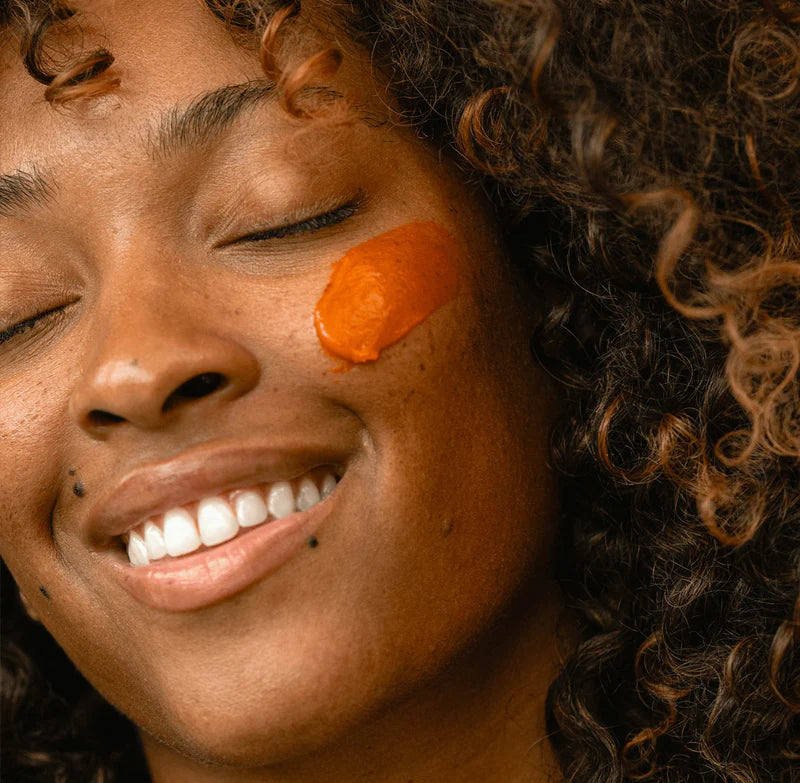

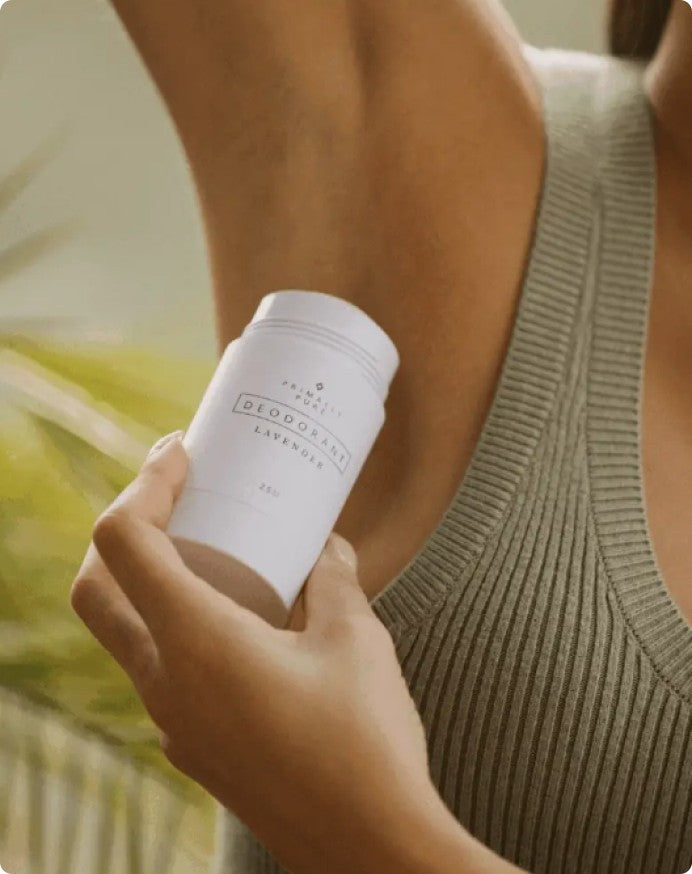
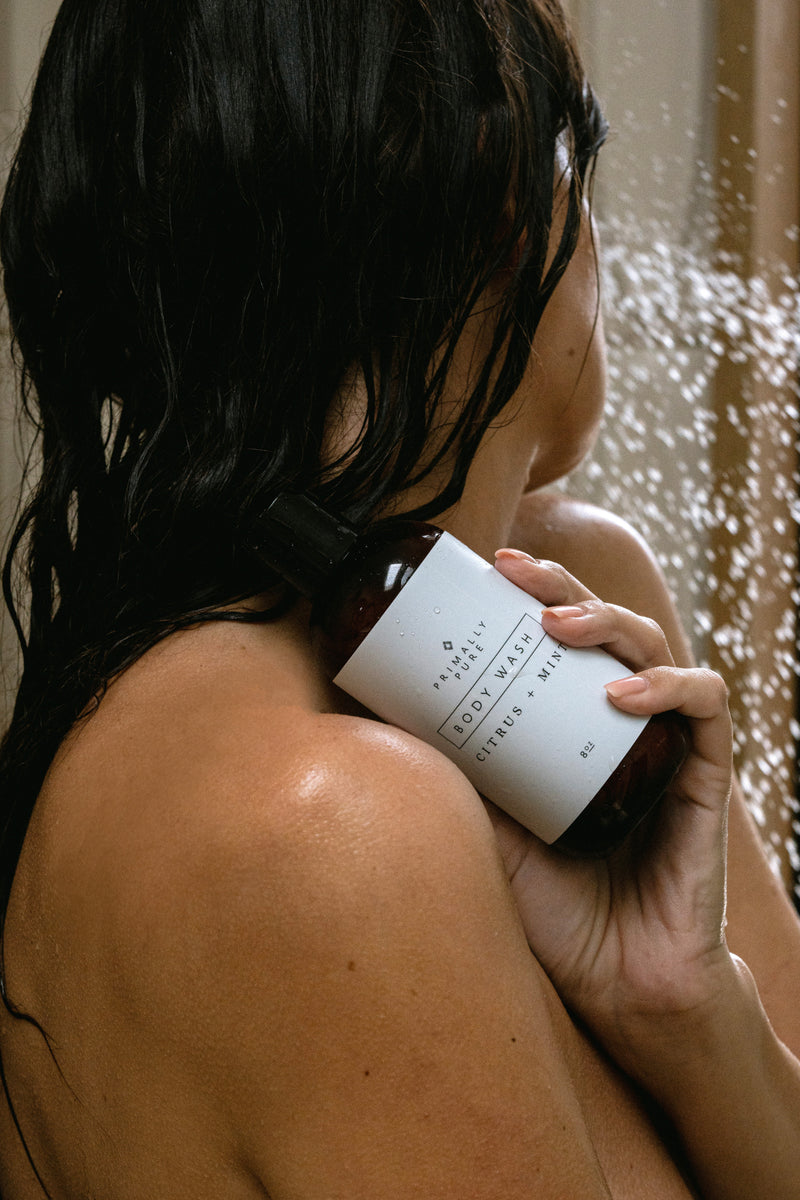
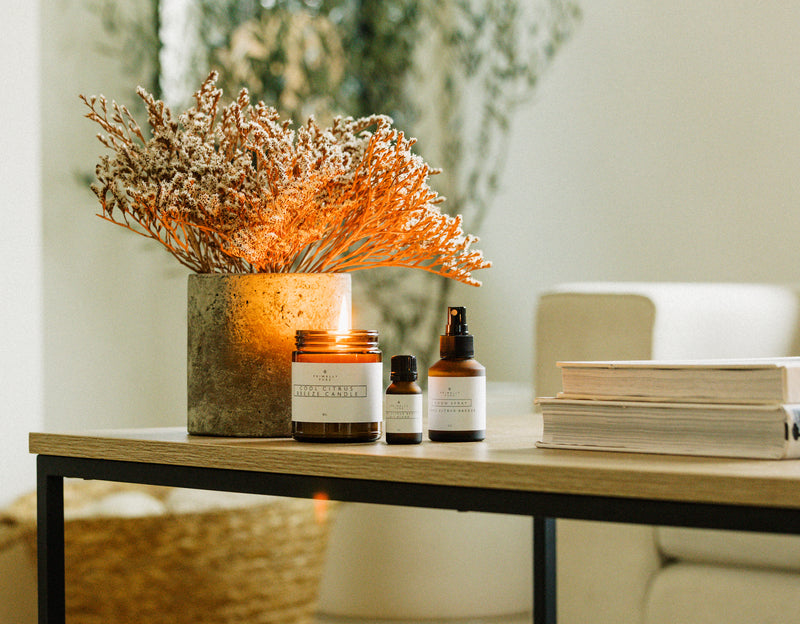
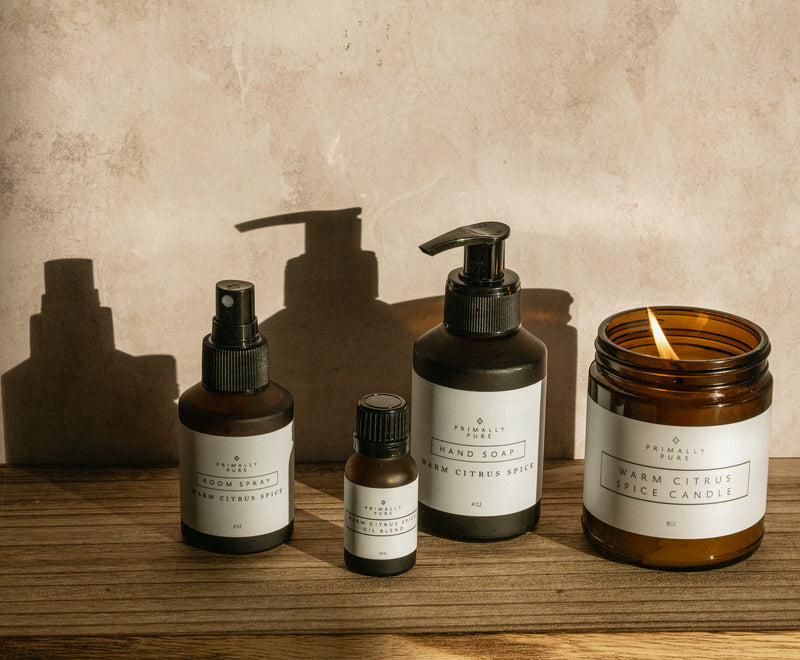
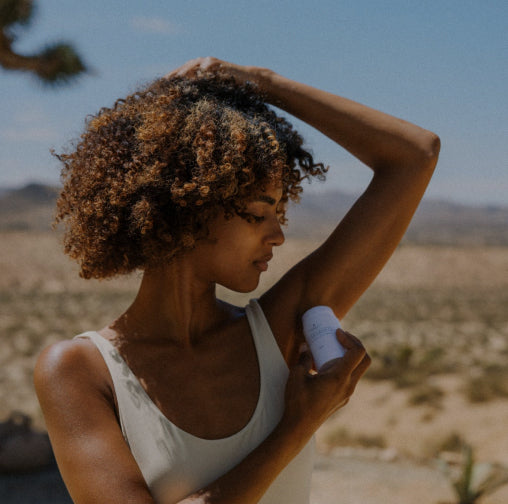
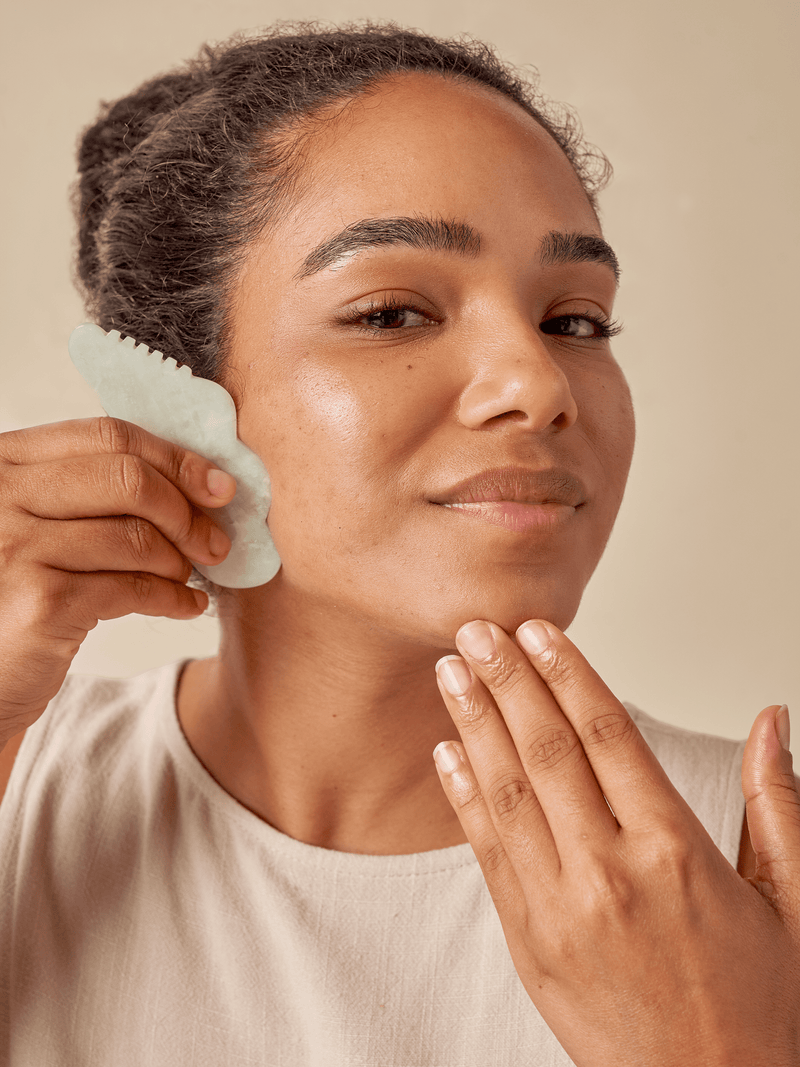
Leave a Comment